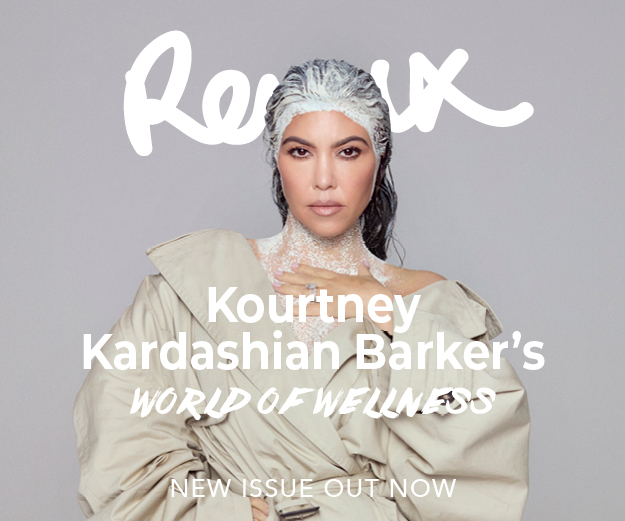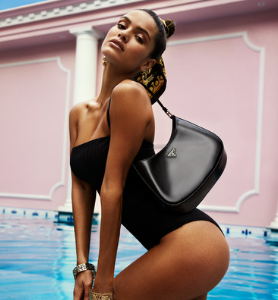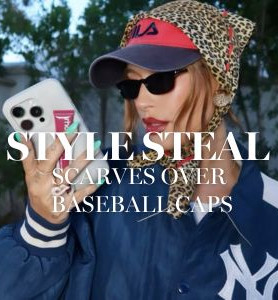We'll Always Have Gucci
Prefaced by a teaser campaign starring the ultimate Brit girl, Kate Moss, Gucci touched down in London for its Cruise 2025 show on May 13, where creative director Sabato De Sarno sought to refresh the House with a little love letter to the iconic city. While based in Milano, the brand’s foundations were established in London and birthed by its founder, Guccio Gucci, who worked at the Savoy Hotel in young adulthood. As the likes of Solange, Dua Lipa, Paul Mescal and Demi Moore sat front-row, De Sarno's vision of new-school Gucci strolled through the Tate Modern's Turbine Hall and we fell immediately in love.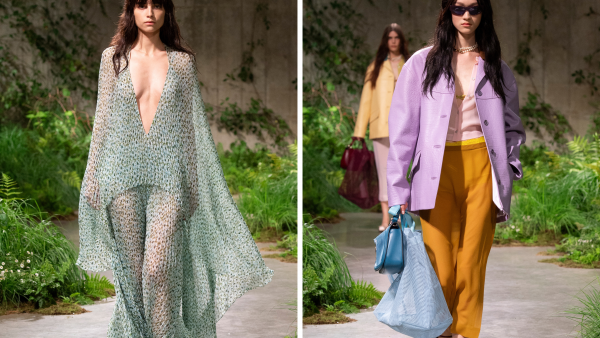
“To explore a creative direction is to bring yourself into an already-existing space and show it through your eyes,” said Sabato De Sarno, “working from room to room with the goal of reshaping the building again. We chose London for the Cruise show, knowing that was the right choice. I owe a lot to this city, it has welcomed and listened to me. The same is true for Gucci, whose founder was inspired by his experience there. The House’s return is driven by a desire to be immersed in its distinctive essence, its creative driving force with its limitless capability to put together contrasts, make them converse, and find ways to coexist. Today we are here to celebrate that spirit.”
De Sarno’s memories and recollections of places, people and ideas are woven into a new story, reflective of both the deep and meaningful connections to the city through Gucci’s heritage, and his own experiences.
Taking place at the Tate Modern, one of London's premier symbols of design and creativity, Gucci's Cruise 2025 collection saw a choreography of unexpected juxtapositions and sentimental modernity inspired by symbolic antithesis. "Rigor and extravagance, strength in delicacy, Englishness with an Italian accent. Echoes of inspirations, ideas of our experiences of a city and its culture expressed through the clothes we wear," read the brand's statement.
Some early editor favourites from the show included daisy jeans, bow blouses, and sequin beaded fringes, finding the perfect spot where evening meets with every day. "Embroideries, tailoring, leatherworking, the hand. Here, craft and fashion can unify, crossing culture–they help create a new form of universal language, a shared human vocabulary."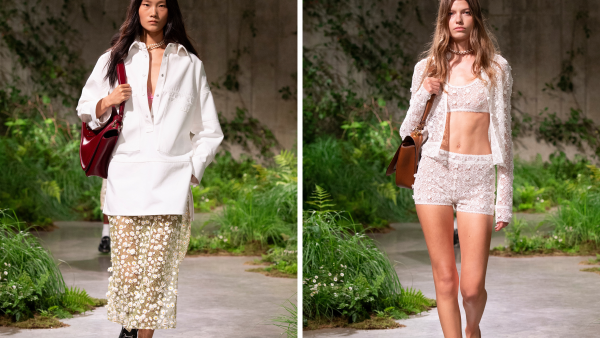
Exploring a sense of Englishness with an Italian accent and the ideas of our experiences of a city and its culture expressed through the clothes we wear, it subverts codes of dressing - of propriety and properness - as a means of provocation. Short coats tailored in technical gabardine have a sharp precision, juxtaposed with wild chamomile flora motifs, a softness against the body. These flower embroideries are given new dimensions, executed in 3-D in laser-cut organza, assembled by hand, or hand-moulded shaped sequins, freely moving around the body. A feeling of protection and preciousness in outerwear set in opposition with chiffons, ruffles, and lace - evening meeting every day. Forever, a sense of tension between different ideas and ideals, it’s a true celebration of the individual.
Meanwhile, symbols of British style -tartans, tailoring - and emblems of Gucci are reconsidered, and re-energised for a new generation and a different time. Plaids are reinterpreted as the most delicate embroidered bead fringe, their graphic shapes newly animated. Drawn from Italy in the early ’70s, the Gucci Blondie bag in leather or toile collides preciousness and pragmatism: held on the shoulder, its emblematic logo is leather-clad or enabled with a technique drawn from Gucci’s jewellery.
Here, craft and fashion can unify, crossing culture and helping create a new form of universal language, a shared human vocabulary.


